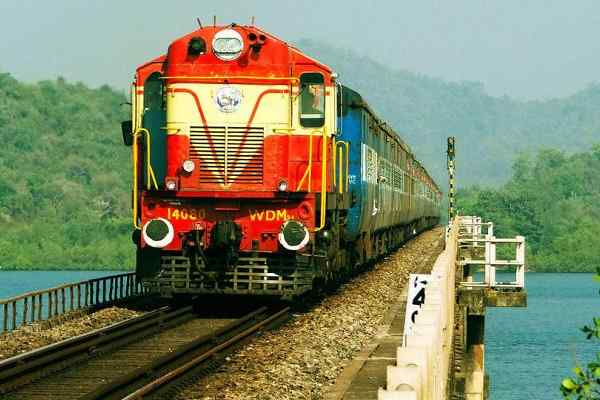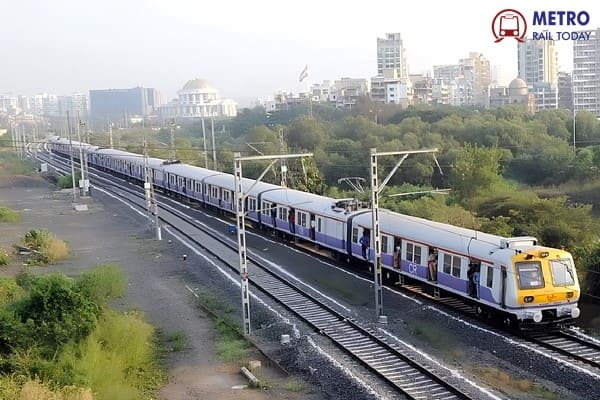 K-RIDE to float fresh civil tender after terminating L&T from Bengaluru Suburban Rail Project
K-RIDE to float fresh civil tender after terminating L&T from Bengaluru Suburban Rail Project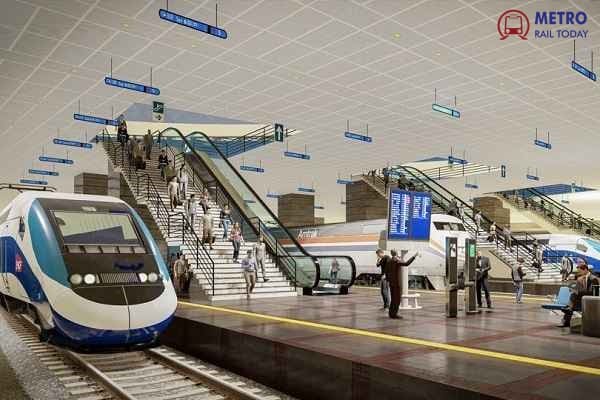 Airtel Business bags multi-year contract for Indian Railway Security Operations Centre
Airtel Business bags multi-year contract for Indian Railway Security Operations Centre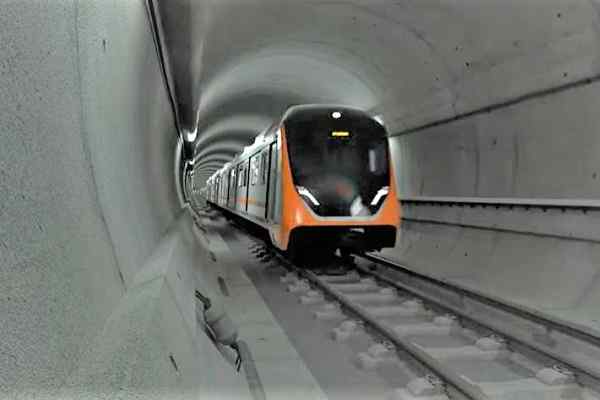 TBM Vidyarthi achieves Final Tunnel Breakthrough for Kanpur Metro Corridor 1
TBM Vidyarthi achieves Final Tunnel Breakthrough for Kanpur Metro Corridor 1 Prime Minister Narendra Modi inaugurates Final Phase of Mumbai Metro Line 3 (Aqua Line)
Prime Minister Narendra Modi inaugurates Final Phase of Mumbai Metro Line 3 (Aqua Line)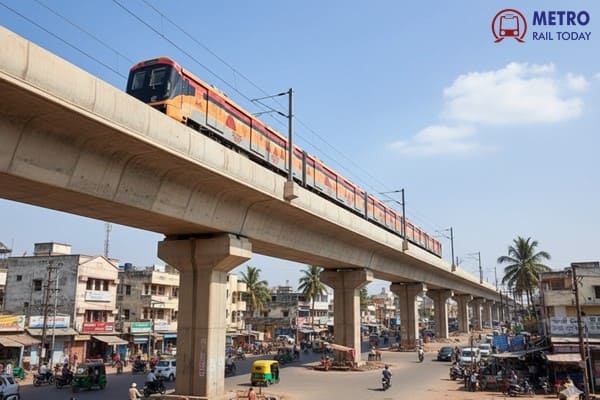 White Elephants on Rails: How Politically-Driven Metro Projects Are Draining Public Funds?
White Elephants on Rails: How Politically-Driven Metro Projects Are Draining Public Funds?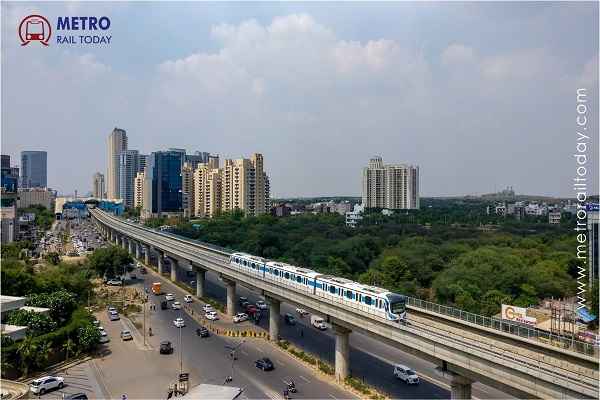 Gurugram Metro Construction Begins with First Piling Work Near Sector 31
Gurugram Metro Construction Begins with First Piling Work Near Sector 31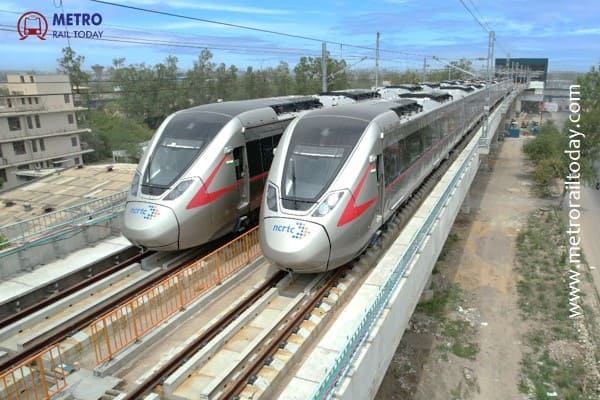 NCRTC and Gati Shakti Vishwavidyalaya sign MoU to boost Railway Education and Innovation
NCRTC and Gati Shakti Vishwavidyalaya sign MoU to boost Railway Education and Innovation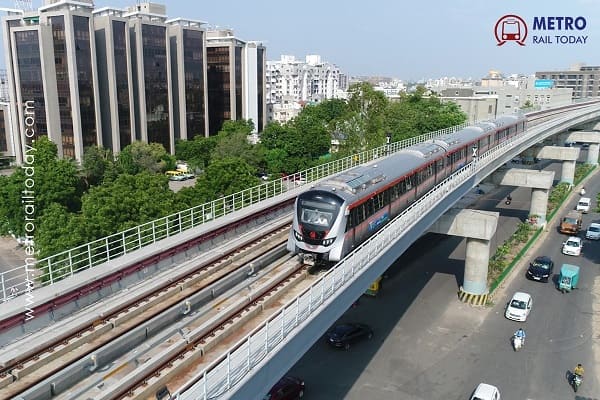 DB Engineering & Consulting partners with GMRC to shape Smart, Sustainable Surat Metro
DB Engineering & Consulting partners with GMRC to shape Smart, Sustainable Surat Metro Patna Metro Inaugurated: First Phase of 3.6-km Stretch Open to Public from October 7
Patna Metro Inaugurated: First Phase of 3.6-km Stretch Open to Public from October 7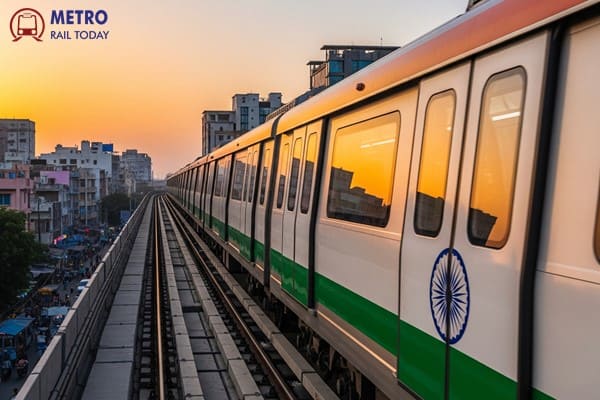 Saleem Ahmad appointed as new CMD of Rail Vikas Nigam Limited (RVNL)
Saleem Ahmad appointed as new CMD of Rail Vikas Nigam Limited (RVNL)
Govt of India cabinet approves ₹18,036 crore Indore-Mumbai Semi High Speed Rail Corridor
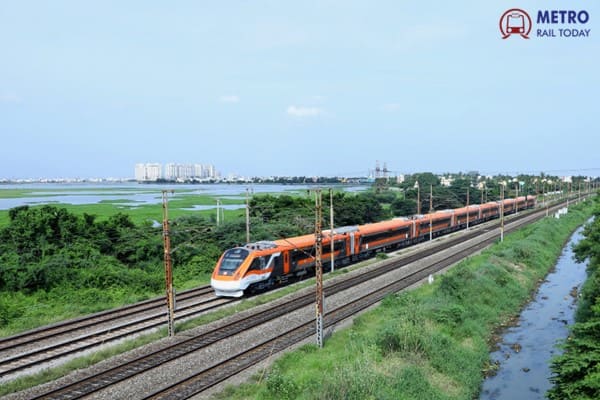
New Delhi, India (Metro Rail Today): In a landmark decision that promises to reshape regional connectivity and boost economic development, the Cabinet Committee on Economic Affairs (CCEA), under the leadership of Prime Minister Narendra Modi, has approved a new semi high-speed railway line project connecting Mumbai and Indore. This ambitious project, valued at approximately ₹18,036 crore, aims to establish the shortest rail route between these two major commercial hubs, while also enhancing connectivity for numerous underserved regions in Maharashtra and Madhya Pradesh.
A Strategic Infrastructure Enhancement
The new railway line, stretching over 309 kilometers, is set to become a crucial artery in India’s extensive rail network. The project is designed to bridge the existing gap between Mumbai, the bustling commercial capital of Maharashtra, and Indore, a key business hub in Madhya Pradesh. This development is expected to significantly reduce travel time between these cities, enhancing logistical efficiency and fostering economic growth.
Expanding Regional Connectivity
Beyond connecting Mumbai and Indore, the new line will also serve as a vital link between various unconnected regions in Maharashtra and Madhya Pradesh. The project will traverse through two districts in Maharashtra and four districts in Madhya Pradesh, thereby integrating these areas into the national rail network. This expansion will facilitate smoother transportation and connectivity for approximately 1,000 villages and an estimated 30 lakh residents.
Employment Opportunities and Economic Impact
The construction phase of the project is projected to generate direct employment for about 102 lakh man-days. This significant employment boost is expected to provide numerous job opportunities, contributing to the economic upliftment of the region. Furthermore, the development is aligned with Prime Minister Narendra Modi's vision of a New India, promoting self-reliance and comprehensive regional development through improved infrastructure.
Enhancing Multimodal Connectivity
The new railway line is a key component of the PM-Gati Shakti National Master Plan, which emphasizes integrated planning and multimodal connectivity. By connecting various transport modes, this project will facilitate the seamless movement of people, goods, and services across the country. The line will offer enhanced connectivity to important economic zones, including the Pithampur Auto Cluster, which houses numerous large and small industries.
Boosting Tourism and Economic Growth
The project is poised to stimulate tourism in the region by providing a more direct route between Western and Central India. The new line will enhance access to popular tourist and religious destinations, such as the Sri Mahakaleshwar Jyotirlinga Temple in Ujjain, thereby attracting more visitors and boosting local tourism economies.
Supporting Agricultural and Industrial Distribution
One of the notable benefits of the new railway line is its role in supporting agricultural and industrial distribution. The line will provide direct connectivity to millet-producing districts in Madhya Pradesh and onion-producing regions in Maharashtra. This enhanced connectivity will streamline the distribution of these essential commodities across the northern and southern parts of the country.
Environmental and Economic Benefits
In addition to its economic and logistical advantages, the new railway line will contribute to significant environmental benefits. The project is expected to facilitate an additional freight traffic capacity of about 26 Million Tonnes Per Annum (MTPA). By promoting the use of rail transport, which is a more energy-efficient and environmentally friendly mode compared to road transport, the project will help in achieving climate goals. It is estimated that the project will reduce oil imports by 18 crore liters and lower CO2 emissions by 138 crore kilograms. This reduction in emissions is equivalent to planting approximately 5.5 crore trees, underscoring the project’s contribution to environmental sustainability.
Conclusion
The approval of the new railway line between Mumbai and Indore marks a significant milestone in India’s infrastructure development. This project not only promises to enhance connectivity between two major commercial hubs but also aims to integrate and uplift several underserved regions in Maharashtra and Madhya Pradesh. With its far-reaching economic, environmental, and social benefits, the new railway line is set to play a crucial role in shaping the future of India’s transport network. The anticipated improvements in efficiency, employment opportunities, and regional development reflect the government’s commitment to fostering comprehensive and sustainable growth across the country.





